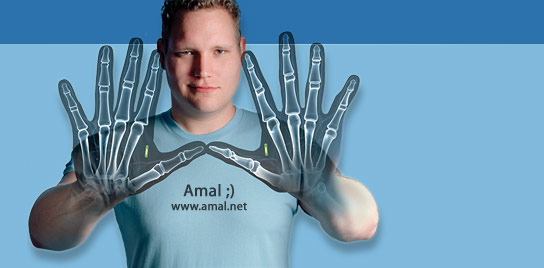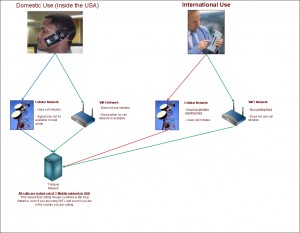I’ve been using T-Mobile’s UMA (unlicensed mobile access) service for a while now. It basically allows you to route all communications between phone and carrier over the Internet via an encrypted tunnel. When using the UMA service, you do not use any minutes off your plan because you are not using the cellular radio network. You can also avoid roaming charges if you are sitting in another country and have access to a sufficiently speedy Internet WiFi connection.
The UMA service is nothing new. It’s been around for years at this point. I think the reason it didn’t make much of a splash before has to do with the fact that none of the phones at the time had processors hefty enough to keep the UMA connection stable. Using UMA on a BlackBerry 8320, it was next to impossible to hold a conversation. Calls would drop out all the time, and I would simply not receive calls. Things got better after upgrading to my BlackBerry 8900, and even faster phones are hitting the market now.
If you’ve never used the UMA service and travel internationally, it might be worth checking out. I believe you can add it to any T-Mobile plan for $9.99 per month, but check with your local rep to find out for sure.
For your typical sales and support guys, understanding how calls are routed when traveling is not considered “mission critical”, but a “best effort” must be made to contain costs. I once had to look over a $1500 phone bill for a sales rep who went to Africa and made exactly 2 calls, both to a local African business. Turns out he was hit with both roaming AND long distance charges. After that I made this little diagram to help people in the company understand how phone calls are routed and charged.













